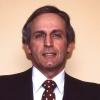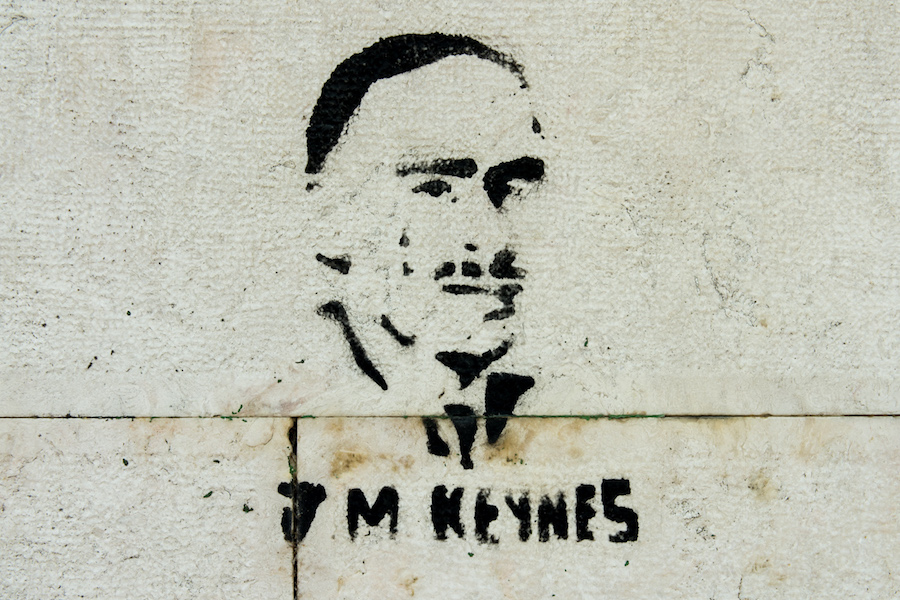Paul Davidson is Editor of the Journal of Post Keynesian Economics. He is the Holly Chair of Excellence Emeritus Professor in Economics university of Tennessee. He previously taught at the University of Pennsylvania Wharton School, University of Pennsylvania Medical School, Rutgers University and, Bristol University (UK), and was a visiting professor at the University of Nice, the University of Strasbourg, and Visiting Scholar at Cambridge University (UK). He was also the Assistant Director of the Economic Division of the Continental Oil Company. He has testified before 20 congressional committees over the years on various economic questions.
He has authored, co-authored or edited 22 book s and over 220 professional articles published in over 30 professional journals including the American Economic Review, the Economic Journal, Journal of Economic Perspectives, Econometrics, Econometrics, Review of Economics and Statistics, Brookings Papers on Economic Activity, Journal of Political Economy, Journal of Economic Literature, Public Interest, World Development, Natural Resource Journal, Economic Inquiry, Oxford Economic Paper, Cambridge Journal of Economics.
He is listed in Who’s Who in Economics, Who’s Who in America, Who’s Who in the East, Who’s Who in Finance and Business, Who’s Who in American Education, American Economists of the Late Twentieth Century, Dictionary of International Biography, Who’s Who in the South and Southwest, Men of Achievement, Contemporary Authors.
He received a B.S. from Brooklyn College, An MBA from City of University, a Ph. D. From the University of Pennsylvania.

